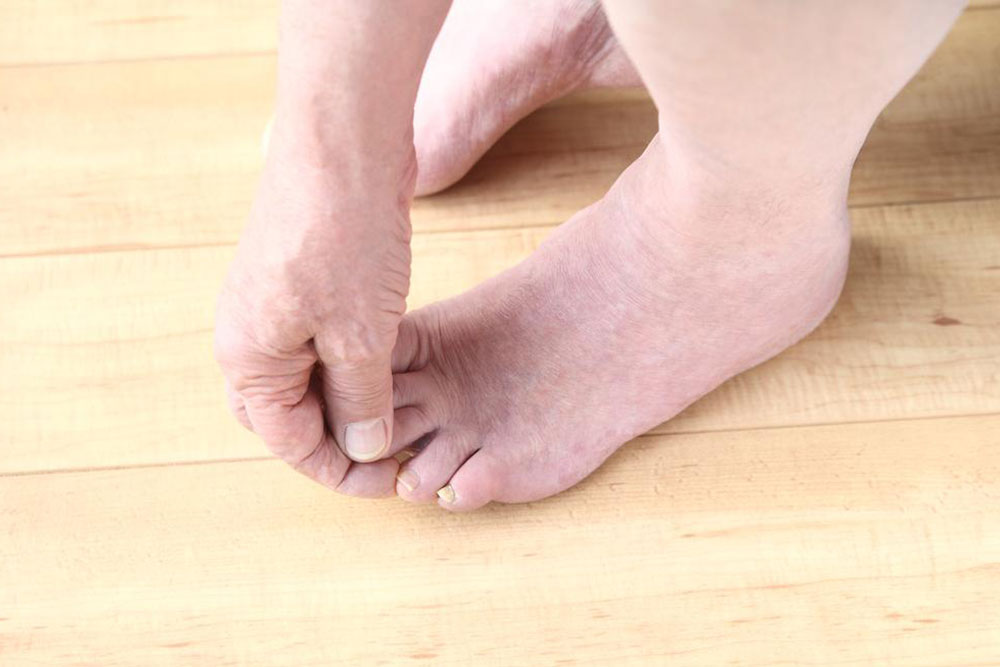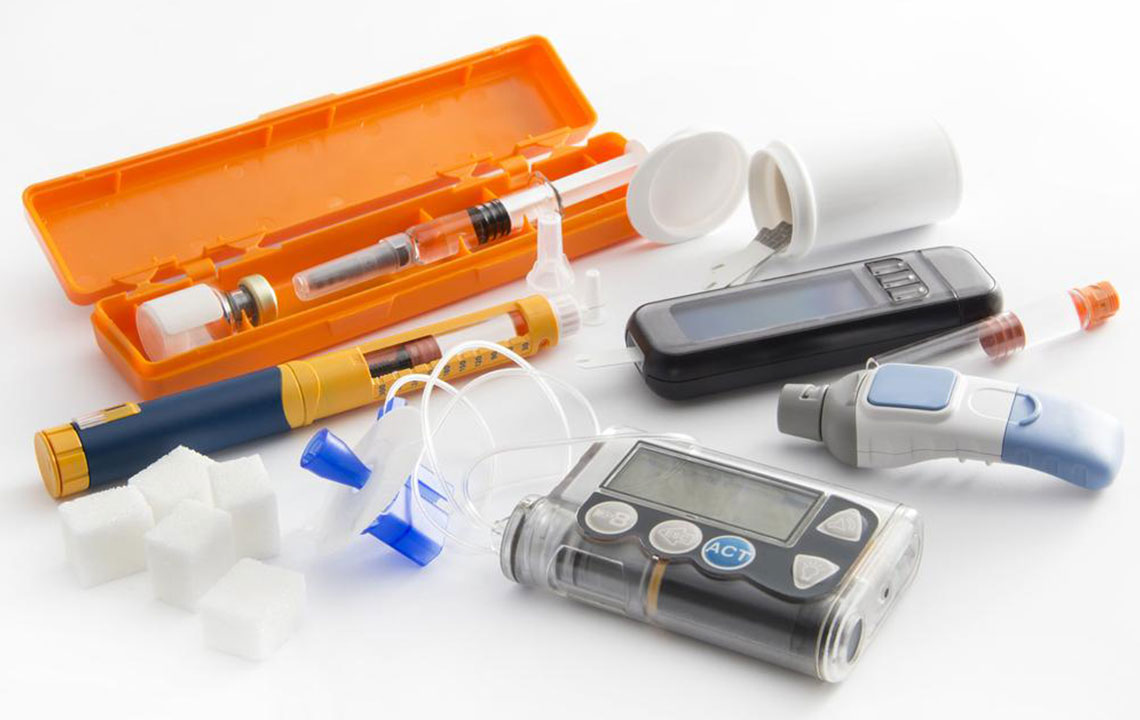Comprehensive Guide to Diabetic Peripheral Neuropathy: Causes, Symptoms, and Effective Management Strategies
This comprehensive article offers an in-depth overview of diabetic peripheral neuropathy, covering causes, symptoms, risk factors, and management strategies. It emphasizes the importance of early detection, lifestyle modifications, and medical treatments to prevent nerve damage. Suitable for patients and caregivers, this guide promotes awareness and proactive care to improve quality of life and prevent complications related to diabetic nerve damage.

Comprehensive Guide to Diabetic Peripheral Neuropathy: Causes, Symptoms, and Effective Management Strategies
Diabetes mellitus, a chronic metabolic disorder characterized by elevated blood glucose levels, is associated with numerous complications that can significantly impact a person's quality of life. One of the most common and potentially debilitating complications is diabetic peripheral neuropathy (DPN), a form of nerve damage that affects the peripheral nerves, particularly those in the limbs. Understanding the intricate details of DPN—including its causes, symptoms, risk factors, and management options—is essential for effective prevention and treatment.
Diabetic peripheral neuropathy often develops gradually, beginning with subtle sensations that can be easily overlooked. Initially, individuals might notice tingling, numbness, or mild discomfort in the feet and legs. Over time, if blood glucose levels remain poorly controlled, nerve fibers sustain damage, leading to more severe symptoms such as burning sensations, sharp pains, muscle weakness, and even loss of sensation. This progression can result in significant impairments in mobility, increased risk of injuries and infections, and decreased overall quality of life.
The underlying cause of DPN stems from prolonged high blood sugar levels damaging nerves directly, as well as impairing the small blood vessels that supply essential nutrients and oxygen to nerve tissues. When blood glucose is not well-managed, it triggers inflammatory processes, oxidative stress, and metabolic abnormalities, all of which contribute to nerve fiber degeneration. Insulin resistance plays a pivotal role, affecting how the body processes glucose and exacerbating nerve damage.
It is important to recognize that diabetic neuropathy does not affect everyone with diabetes equally. Several risk factors influence the likelihood of developing DPN. These include poor glycemic control, duration of diabetes (the longer a person has diabetes, the higher the risk), hypertension, dyslipidemia (abnormal lipid levels), smoking, excessive alcohol consumption, sedentary lifestyle, and genetic predispositions. Additionally, other medical conditions such as autoimmune diseases, infections, and nutritional deficiencies can compound the risk factor pool, making some individuals more susceptible to nerve damage.
Symptoms of diabetic peripheral neuropathy are diverse and can vary in severity. The earliest signs include numbness, tingling, and a prickling sensation primarily in the toes and soles of the feet. As the condition advances, patients may experience burning or stabbing pain, heightened sensitivity to touch, and a sense of weakness or muscle atrophy in the lower limbs. Skin changes, such as discoloration or hair loss in affected areas, can also occur due to impaired circulation. Some individuals might experience a loss of proprioception—awareness of body position—which can lead to balance problems and increased fall risk.
Diagnosis of DPN involves detailed clinical evaluation, including a thorough medical history and physical examination focusing on nerve function. Physicians often use tests like monofilament testing, vibration perception assessments, and nerve conduction studies to evaluate nerve integrity. Blood tests may also be conducted to rule out other causes of neuropathy and to assess glucose control and lipid profiles.
Prevention is paramount in managing diabetic neuropathy. Key strategies include maintaining optimal blood glucose levels through a balanced diet, regular physical activity, and adherence to prescribed medications. Regular foot examinations, daily foot care, and wearing appropriate footwear can help prevent injuries and infections, which individuals with nerve damage are less able to perceive and respond to promptly. Managing other cardiovascular risk factors, including blood pressure and cholesterol, is equally important to ensure healthy blood flow and nerve function.
Effective management of diabetic peripheral neuropathy involves a multidisciplinary approach. Pharmacological options such as anticonvulsants, antidepressants, and topical treatments can help alleviate pain. Additionally, physical therapy and occupational therapy can improve strength, mobility, and balance. Complementary therapies, including acupuncture and biofeedback, have also shown benefits for some patients.
Furthermore, lifestyle modifications play a vital role. Quitting smoking, limiting alcohol intake, losing excess weight, and engaging in low-impact exercises like swimming or walking can enhance nerve health and overall well-being. Patients are encouraged to perform daily foot inspections, avoid walking barefoot, and report any wounds or signs of infection promptly to healthcare providers.
In some cases, advanced therapies such as nerve blocks, plasma exchange, or experimental treatments might be considered for severe or refractory symptoms. Continuous research efforts aim to develop novel therapies targeting the underlying mechanisms of nerve damage, promising hope for future interventions.
In conclusion, diabetic peripheral neuropathy is a complex complication of diabetes that requires vigilant management and proactive care. Early detection and comprehensive treatment strategies can slow or halt nerve damage, reduce symptoms, and significantly improve quality of life. Patients are advised to work closely with their healthcare team, adhere to their treatment plans, and adopt healthy lifestyle habits to mitigate the risks associated with diabetic neuropathy and enjoy a healthier, more comfortable life.





